Ancient grains refer to a group of grains that have been cultivated for thousands of years. These grains have become increasingly popular in recent years due to their nutritional benefits, unique flavors, and versatility in cooking.
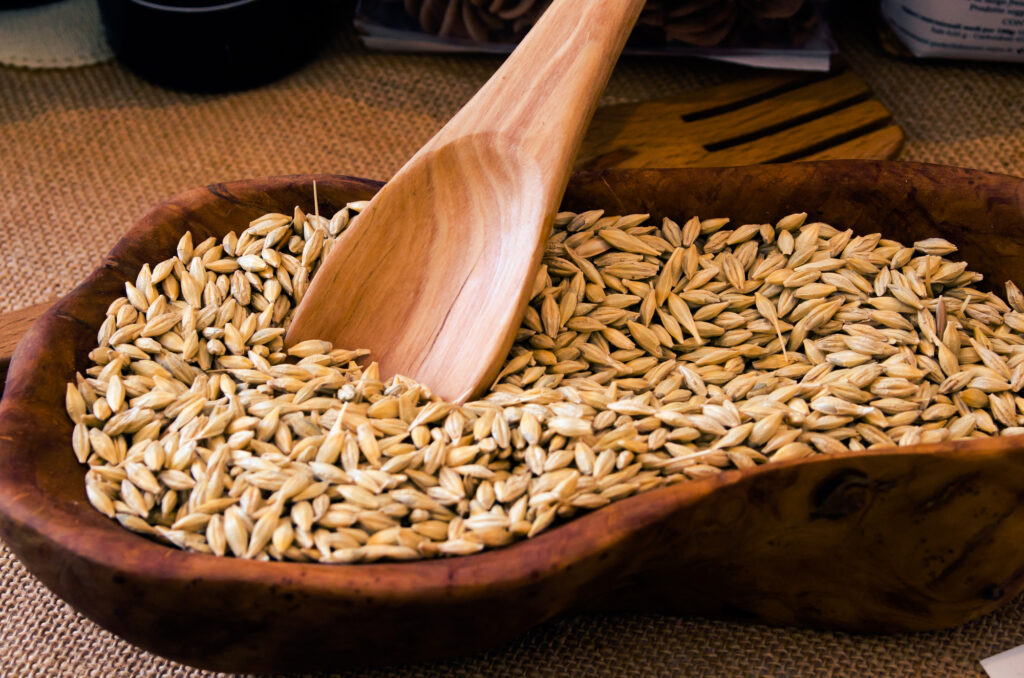
There are many benefits to ancient grains, starting with their nutritional profile. Where many modern grains are genetically modified or bred, ancient grains are not, and are thought to maintain a better source of nutritional value. They often have generally higher levels of protein, fiber, vitamins, amino acids, and minerals when compared to modern refined grains.
While they are not always popular, ancient grains are easy to cook with, and can be used for a variety of dishes, including soups, salads, baked goods, and more.
Additionally, many ancient grains, such as quinoa, amaranth, and teff, are naturally gluten-free. Considering many people avoid gluten due to gluten sensitivities or other reasons, it is nice to have some alternatives to gluten.
These are the main types of ancient grains:
Amaranth has a history dating back many years to Central America and Mexico. It is known for its high protein content, and is also a rich source of essential amino acids. It is gluten-free and versatile, commonly used in both sweet and savory dishes.
One of the earliest domesticated grains in history, barley os a staple in many regions around the world. It is often used in soups, stews, and breakfast cereals.
Buckwheat is highly nutritious and is often praised for its multitude of health benefits. The seeds are rich in complex carbohydrates, fiber, protein, vitamins and minerals (such as magnesium and iron). Additionally, buckwheat is gluten-free.
Farro, or “emmer wheat:, was a staple in ancient Rome. With a chewy texture and a nutty flavor, Farro is a good source of fiber, protein, and essential nutrients like B vitamins and iron, and can be used in salads, soups, and pilafs.
Freekeh is known for its nutritional richness. It is a good source of protein, dietary fiber, vitamins (such as B vitamins), and minerals (including iron, calcium, and zinc). It can be used in side dishes, soups, or salads, and has a smoky flavor and chewy texture.
Kamut is an ancient wheat grain known as Khorasan wheat. It has a chewy texture and nutritional richness. It is a good source of protein, fiber, vitamins (such as B vitamins), and minerals (including selenium, zinc, and magnesium).
Kaniwa (also referred to as “baby quinoa”)
Kaniwa is closely related to quinoa and is often considered a “baby quinoa”, as it has a similar appearance and nutritional profile. It can be used in many dishes, from cereals to salads, stir-fries, soups, or as a side dish.
Millet is one of the oldest cultivated grains, with a history dating back to ancient China. It is a gluten-free grain with a sweet, nutty flavor. It comes in various varieties, including pearl, foxtail, and finger millet. Millet is a good source of magnesium, phosphorus, and antioxidants.
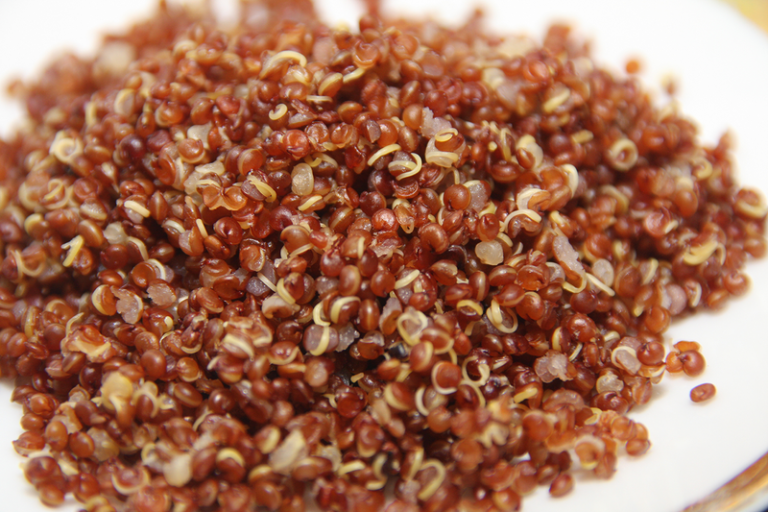
Quinoa has gained widespread popularity for its high protein content, making it a valuable addition to vegetarian and vegan diets. It is also a good source of fiber, vitamins, and minerals. Quinoa has a mild, nutty flavor and a slightly crunchy texture.
Rye is a good source of nutrients, including dietary fiber, vitamins (such as B vitamins), and minerals (including iron, magnesium, and phosphorus). Rye is a popular grain, commonly used in breads, but can also be used in soups, salads, and more.
Spelt is an ancient wheat variety that has been grown for over 7,000 years. It contains gluten but is often tolerated by some individuals with wheat sensitivity. Spelt has a robust, nutty flavor and a chewy texture. It is rich in protein, fiber, and nutrients such as iron and magnesium.
Teff is an ancient grain originating from Ethiopia and Eritrea. It is the smallest grain in the world and has a mildly sweet, nutty flavor. Teff is gluten-free and a good source of iron, calcium, and fiber. It is a staple in traditional Ethiopian cuisine, where it is used to make injera, a fermented flatbread.
Check out my Tomato & Cucumber Quinoa Salad recipe!
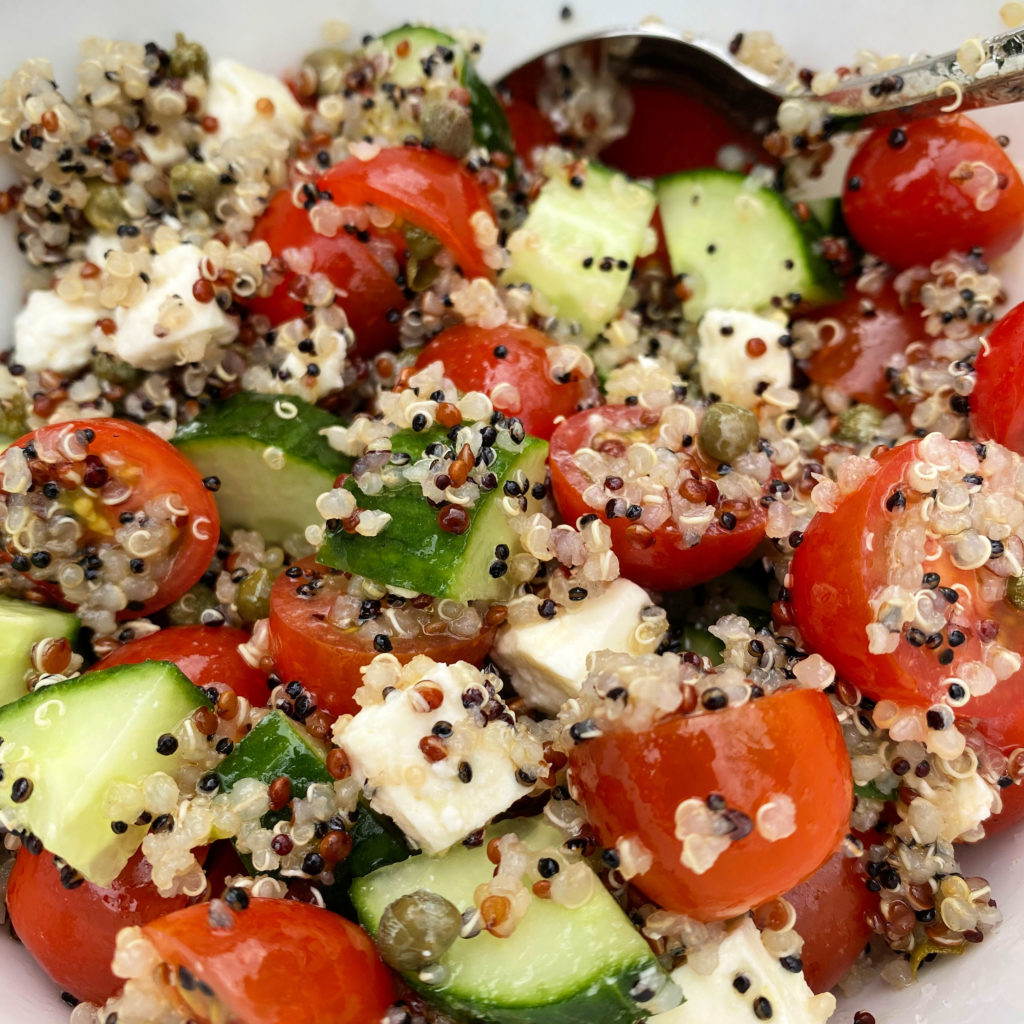
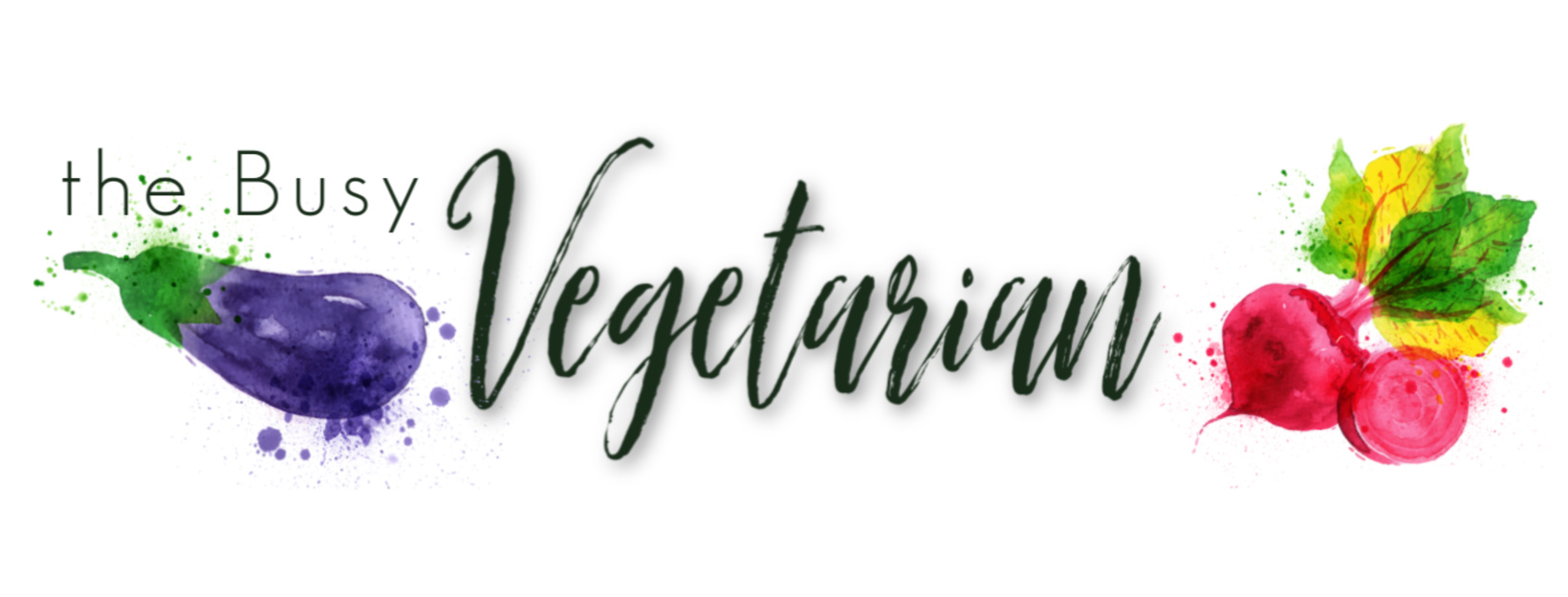

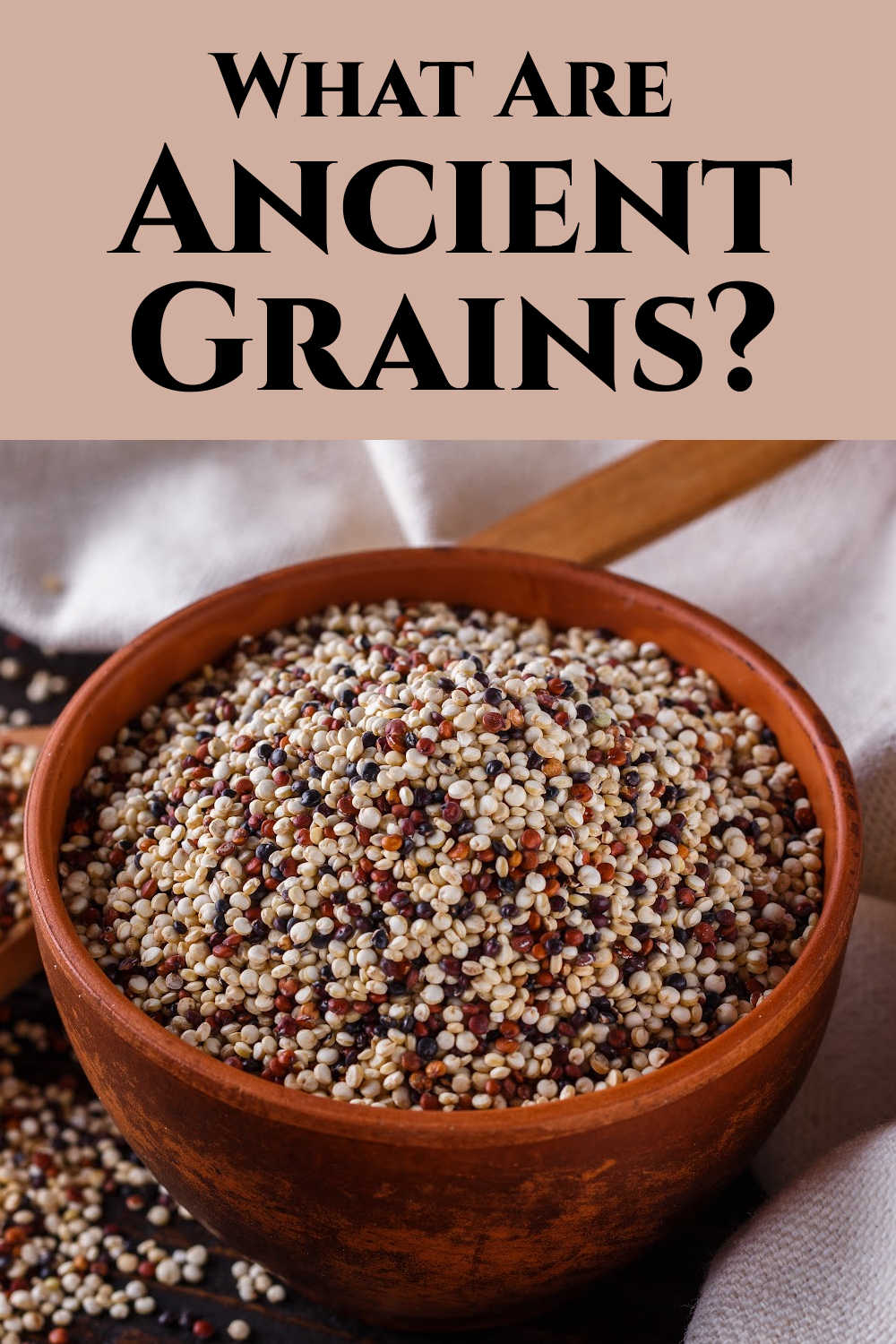




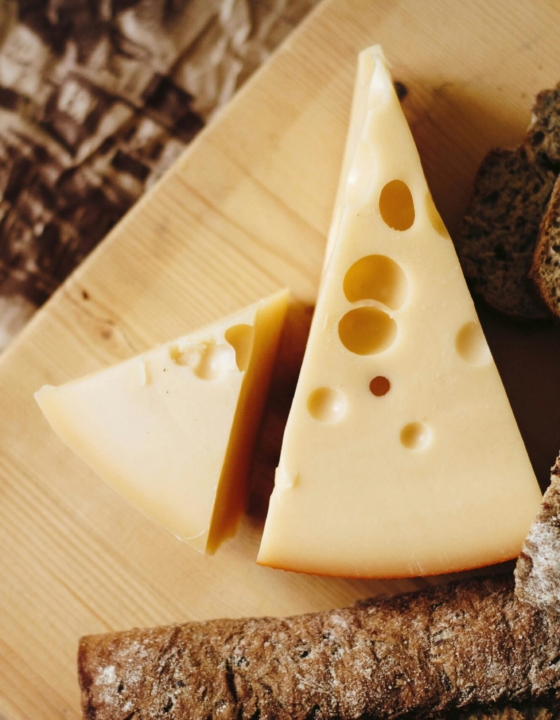

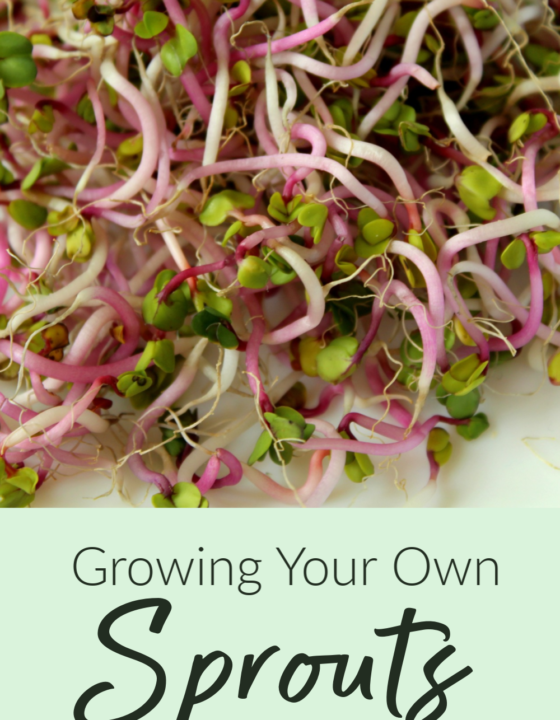
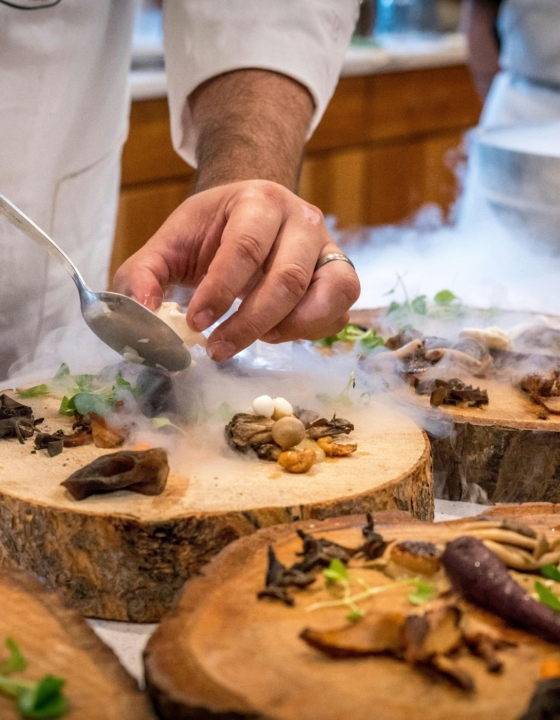
Beth
December 28, 2023I actually love many of these grains, although I haven’t heard of some of them. I did NOT KNOW that barley was considered an ancient grain.
Debbie
December 28, 2023Very interesting look at the many benefits of ancient grains. A few of these grains are new to me, but I enjoy rye bread!
Renata Feyen
December 28, 2023I have heard a lot of Quinoa, but have never tasted it. Didn’t know about the nuts flavor, and that makes me curioous
Richard Lowe
December 29, 2023I’ve tried many of these beans. Beans are great nutrition and they taste good as well. I usually like them without spices.
SONIA SEIVWRIGHT
December 30, 2023This is a fantastic overview of ancient grains and their benefits. I appreciate the detailed information provided about the different types of ancient grains and their nutritional profiles. It’s great to learn that they are not only versatile and easy to cook with, but also offer a variety of health benefits. The inclusion of their history and cultural significance is also fascinating. Thank you for sharing.